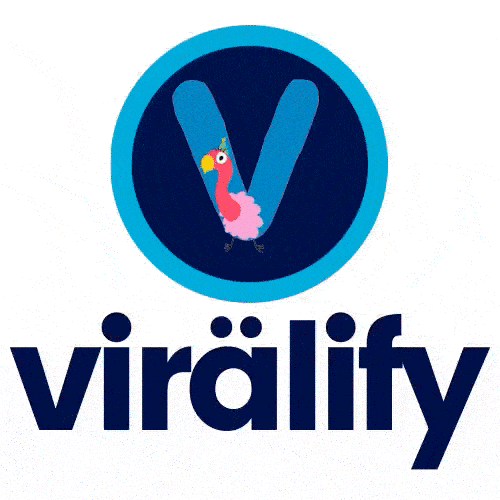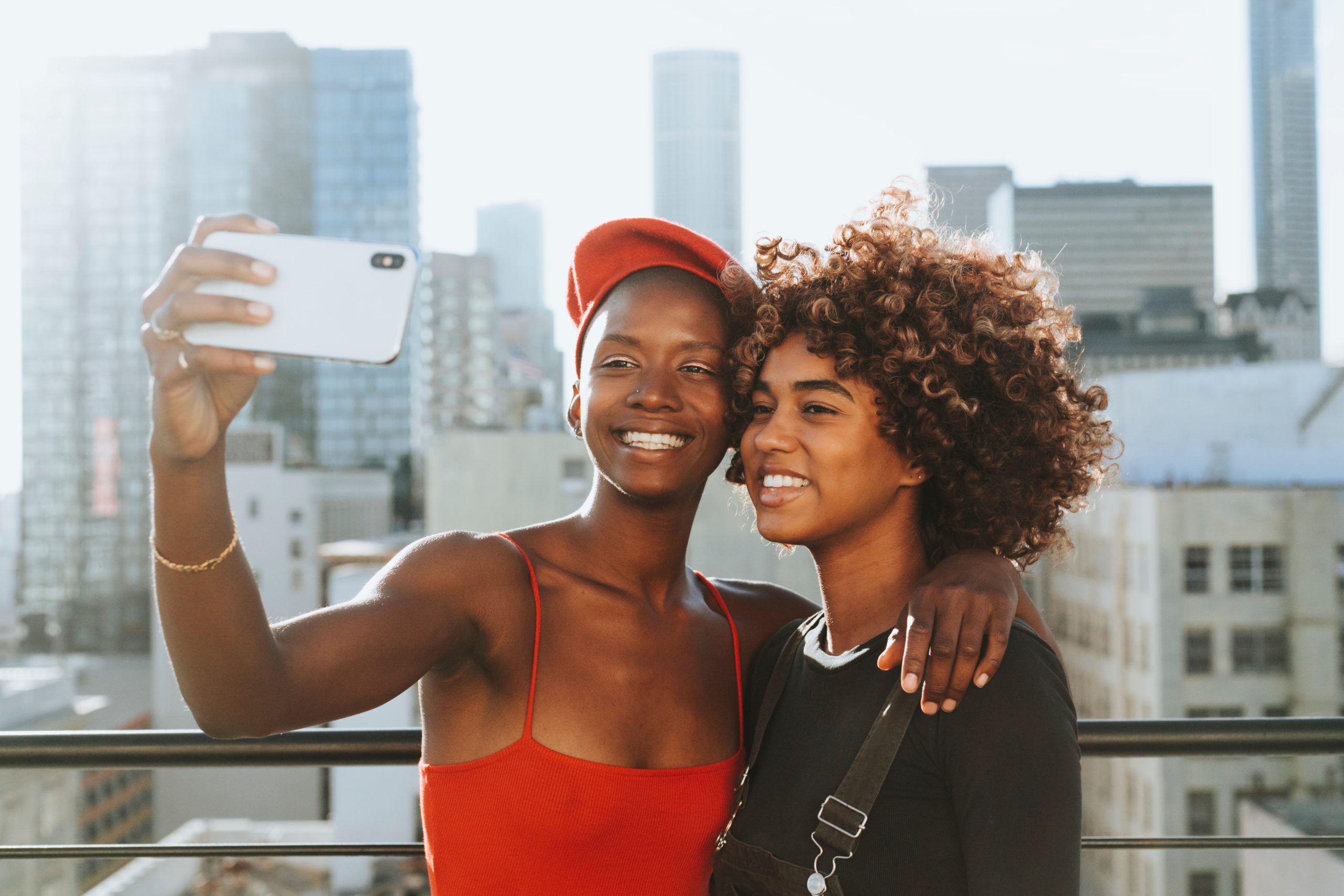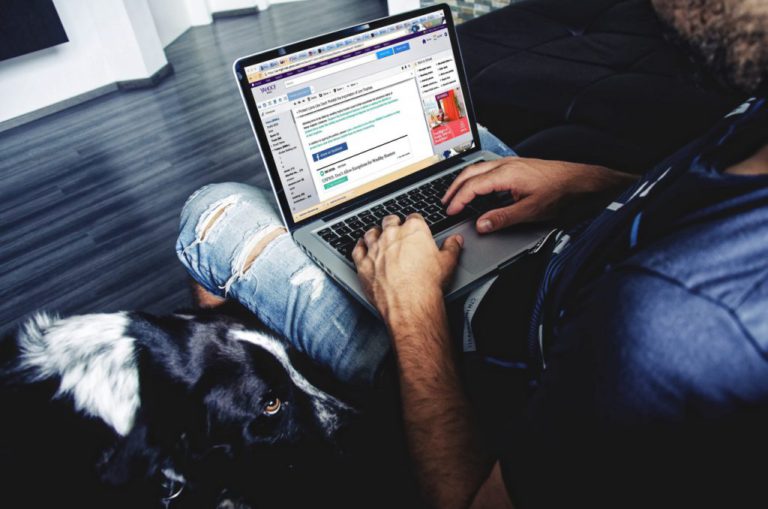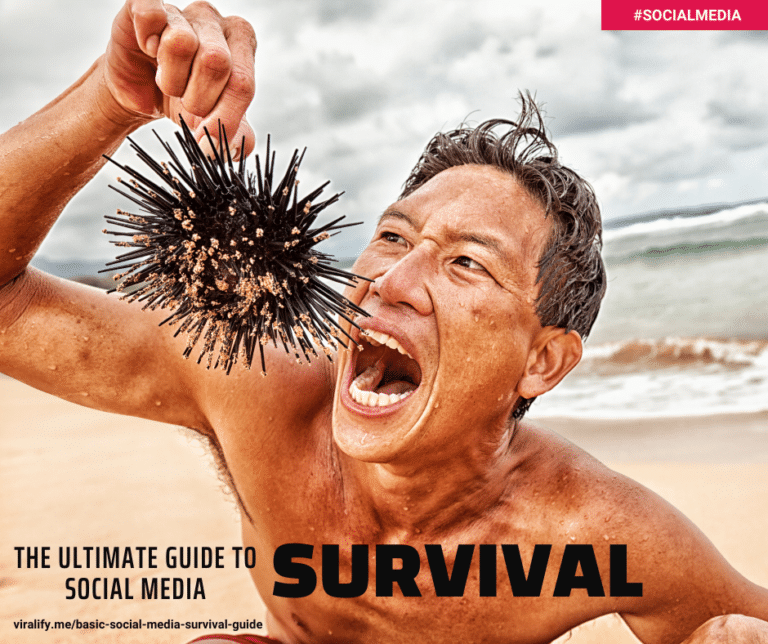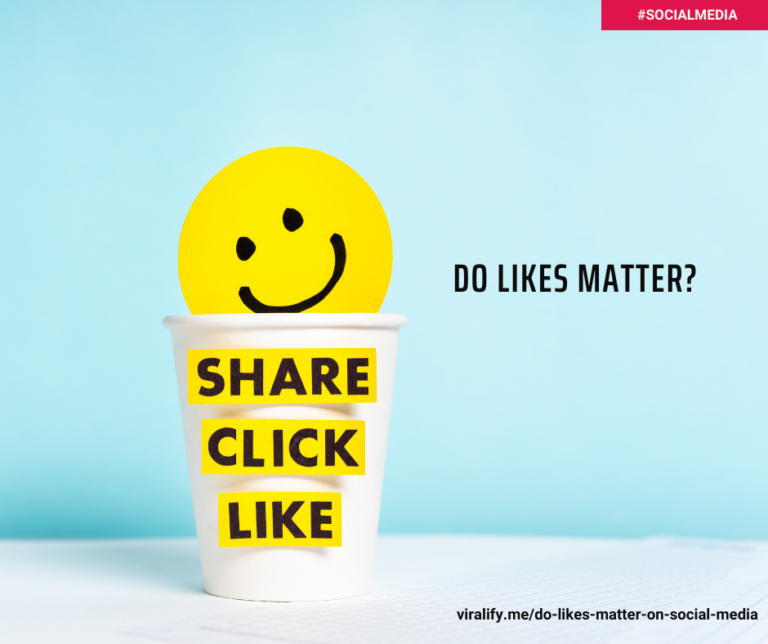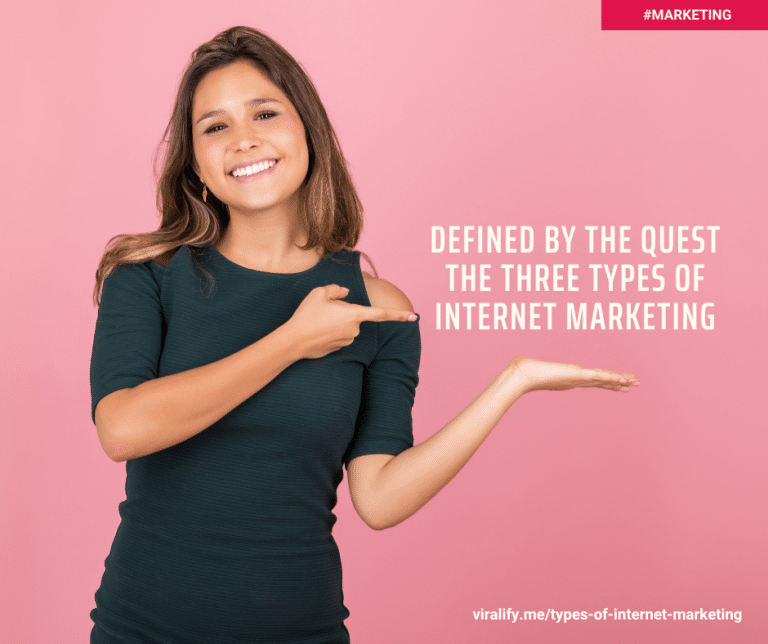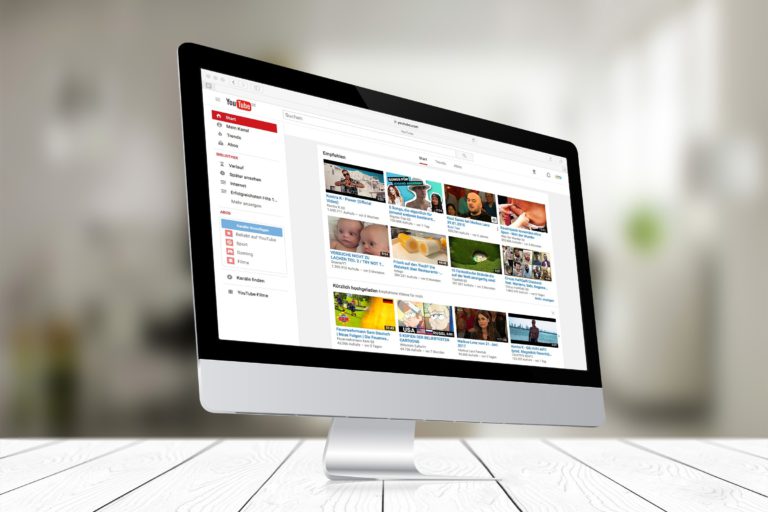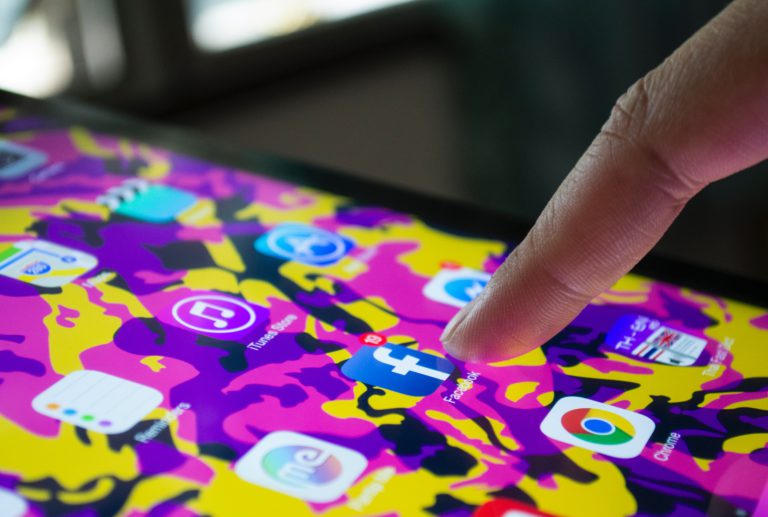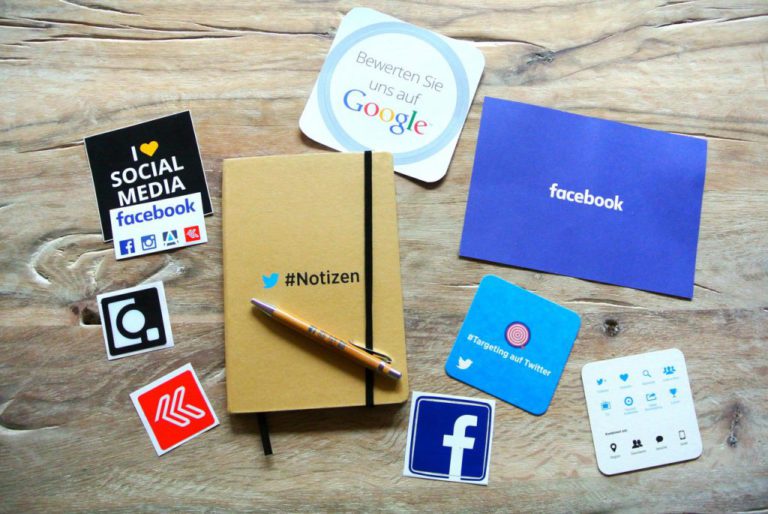Today’s population of Digital Natives learned how to learn new kinds of software before they started high school. They carry mobile phones, media players, game devices, laptop computers and know how to use them. They know the Internet not as a transformative new technology, but as a fixture in their environment.
These young citizens are both self-guided and in need of guidance. The Internet provides digital production tools and information distribution networks that have enabled people to mobilize new types of collective action. Community production and sharing of knowledge (Wikipedia), culture (YouTube, Flickr, the blogosphere), tools (free and open source software), markets (eBay and Craigslist), education (Open Educational Resources), journalism (citizen journalism) and political organization (meetups, netroots activism, smart mobs) are early manifestations of social changes that could continue to bloom as more become literate in participatory media — or could fail to take root if those literacies are available only to elites.
These media include (but aren’t limited to) blogs, wikis, RSS, tagging and social bookmarking, music-photo- video sharing, mashups, podcasts, digital storytelling, virtual communities, social network services, virtual environments, machinima, and videoblogs. These distinctly different media share three common, interrelated characteristics:
Many-to-many media make it possible for every person connected to the network to broadcast as well as to receive text, images, audio, video, software, data, discussions, transactions, computations, tags, or links to and from every other person. The asymmetry between broadcaster and audience that was dictated by the structure of pre-digital technologies has changed radically.
Participatory media are social media whose power emerges from the active participation of many people. Value derives not just from the size of the
audience, but also from their power to connect to each other, to form a community as well as a market.Social networks, when amplified by information and communication networks, enable broader, faster, and lower cost coordination of activities; participatory media can help coordinate action in the physical world on scales and at paces never before possible.
“Voice,” the unique style of personal expression that distinguishes one’s communications from those of others, can be called upon to help connect students’ energetic involvement in forming their identity to their potential growth as engaged citizens. Moving from a private to a public voice can help students turn their self-expression into a form of public participation.
Public voice is learnable, a matter of consciously engaging with an active public rather than broadcasting to a passive audience.
It is an important and beneficial learning outcome, and it is also fundamental to democracy.The public voice of individuals, aggregated and in dialogue with the voices of others, is the building block of “public opinion.” When public opinion has the power and freedom to influence policy, it can be an essential instrument of democratic self-governance. Deliberation is only one important part of public discourse. Investigation, advocacy, criticism, debate, persuasion, and politicking are also important. With citizen journalist communities like Assignment Zero and citizen news critic communities like NewsTrust, YouTube political debates, netroots bloggers and organizational Meetups, the tools for evitalizing democracy are widely available. What is needed at this crucial time is not just basic knowledge of how to use digital tools, but also widespread knowledge of
what these tools mean.
Participatory media literacy is necessarily a hands-on enterprise, requiring active use of digital media by students; for this reason the Social Media Virtual classroom syllabus will involve student use of multiple online media in their exploration of the syllabus texts, and a video blog will provide instruction and real world
By showing students how to use Web-based channels to inform publics, advocate positions, contest claims, and organize action around issues they care about, participatory media education can influence civic behavior positively throughout their lives. Moving from a private to a public voice can help students
turn their self-expression into a form of public participation. It is an important and beneficial learning outcome^ and it is also fundamental to democracy.
At the same time, knowledge of the skills needed to use digital tools is uniform but lacks a familiarity with the scientific discourse regarding community, collective action, social networks and the public sphere. Hence, the syllabus will be grounded in traditional texts from sociology, computer science, economics, and political science.
Although a willingness to learn new media through point-and-click exploration might come naturally to today’s student cohort, there is nothing innate about knowing how to apply those acquired skills to the processes of civil society, scientific or scholarly innovation, or economic production. A successfully implemented Social Media Virtual Classroom can bridge that disconnect and prepare students to participate in society as engaged and empowered citizens.
